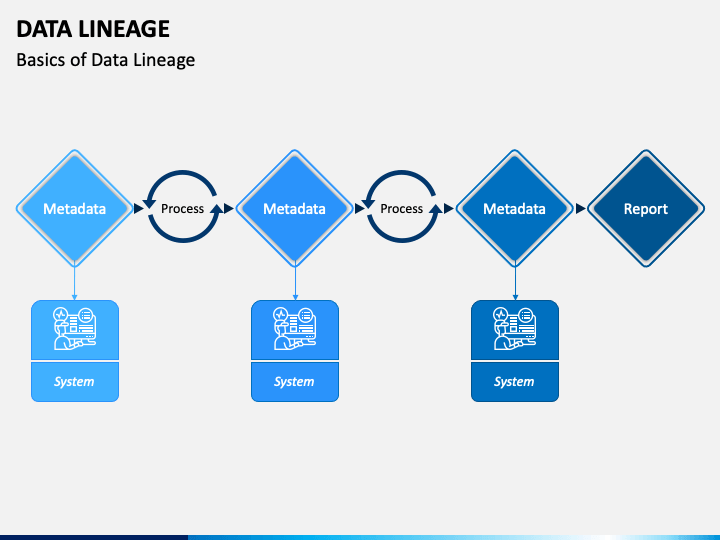Introduction:
In the ever-expanding realm of data management, understanding the journey of data from its origin to its destination is crucial. Enter data lineage – a powerful concept that not only provides transparency into the lifecycle of data but also plays a pivotal role in ensuring data quality, compliance, and effective decision-making. This blog post delves into the intricacies of data lineage, shedding light on its importance, components, and the transformative impact it has on the world of data.
I. Defining Data Lineage:
1. Overview:
– Data lineage is a comprehensive map or visualization that traces the flow of data from its source through various processes and transformations to its destination.
2. Key Components:
– Source Systems: Where the data originates.
– Processes and Transformations: Steps involved in manipulating or transforming the data.
– Storage and Destinations: The final repositories or destinations of the data.
II. The Significance of Data Lineage:
1. Enhancing Data Quality:
– Data lineage allows organizations to identify and rectify issues related to data quality by pinpointing the source of errors or inconsistencies.
2. Regulatory Compliance:
– Regulatory bodies increasingly require organizations to demonstrate data traceability. Data lineage provides a clear audit trail, aiding compliance efforts.
3. Impact Analysis:
– Understanding data lineage facilitates impact analysis, allowing organizations to assess the potential consequences of changes to data sources, structures, or processes.
III. Types of Data Lineage:
1. Forward Data Lineage:
– Traces the path of data from its source to its ultimate destination, highlighting the flow of information.
2. Backward Data Lineage:
– Begins at the data destination and traces backward to its source, providing insight into how data is used and where it comes from.
3. Holistic Data Lineage:
– Combines both forward and backward views to provide a comprehensive understanding of the entire data lifecycle.
IV. Implementing Data Lineage:
1. Automated Tools:
– Utilize specialized data lineage tools to automate the documentation and visualization of data flows.
2. Metadata Management:
– Establish robust metadata management practices to capture and store relevant information about data sources, processes, and destinations.
V. Challenges and Best Practices:
1. Challenges:
– Overcoming complexity, especially in large and intricate data ecosystems.
– Ensuring real-time or near-real-time data lineage updates.
2. Best Practices:
– Regularly update and maintain data lineage documentation.
– Foster a culture of data governance and collaboration to ensure accurate and comprehensive lineage information.
VI. The Future of Data Lineage:
1. Integration with Emerging Technologies:
– Explore how data lineage will evolve alongside technologies like AI, machine learning, and blockchain.
2. Cross-Platform Lineage:
– Anticipate the development of solutions that provide lineage insights across diverse platforms and cloud environments.
Conclusion:
In the data-driven era, understanding and managing the lifecycle of data is paramount. Data lineage emerges as a guiding light, offering clarity, transparency, and control over the intricate web of data flows. As organizations strive for better data quality, compliance, and decision-making, embracing and implementing robust data lineage practices becomes not just a best practice but a strategic imperative for success in the dynamic landscape of modern data management.
